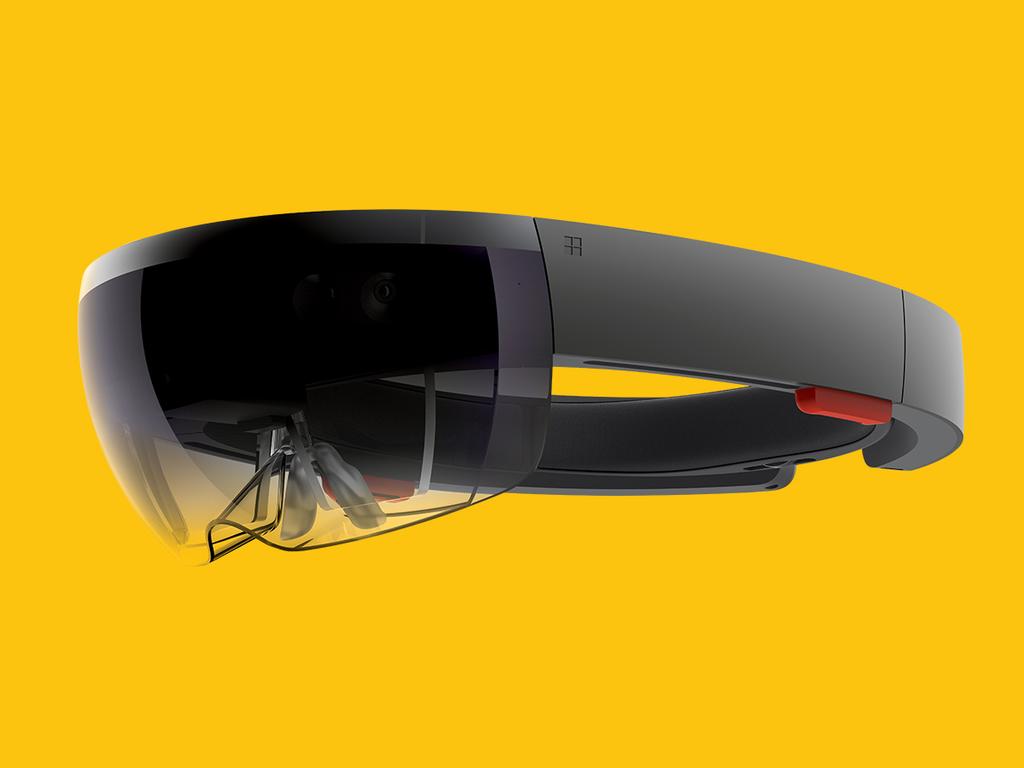Hoping to be among the first to building that dream Minecraft creation using the HoloLens? You better start saving up now.
Microsoft has announced a release window for the that the highly anticipated headset as well as a price tag, and it isn’t cheap.
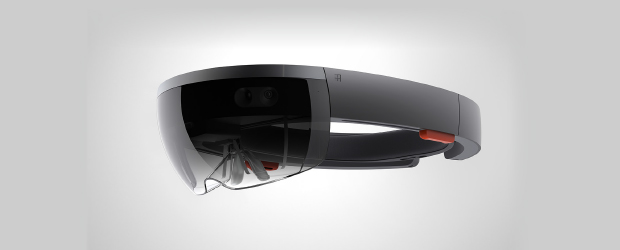
Units will start shipping in Q1 2016 while the initial US price will be $3000.
As with the Google Glass, the first HoloLenses will be limited to developers, who can apply to purchase it, starting today.
At its current price point, however, the HoloLens costs double its more subtle counterpart.
According to Microsoft, the “HoloLens Development Edition” will be similar to those demoed so far. While the company is mum on details, reports are circulating that it will have an x86 processor, 2GB RAM, 802.11ac, and a 60Hz refresh rate.
The comparisons between the Microsoft and Google headsets stop, perhaps, at the form factor.
As we reported previously, the HoloLens is intended to have a completely different function that the Glass. Rather than just a limited display for information, the HoloLens is a standalone computing machine with a “holographic processing unit,” as the company puts it. Rather than simply superimposing text and images onto the eye, it analyses the user and the environment around them to interact with and augment it.
Much more than a new controller for virtual reality entertainment, as may be the most obvious consumer use, the Redmond software giant is hoping to target industry – design, engineering, medicine, architecture, plumbing, even space exploration – as possible testing grounds, and is likely the reason behind its choice in price point.
As for more consumer-friendly products, however, Microsoft also unveiled a variety of Windows 10 devices today including Surface, Lumia and Microsoft Band wearables.
Two Surface-branded tablets, namely the Surface Book and the Surface Pro 4 will be available for preorder Oct. 7, then released in the U.S. and Canada Oct. 26.
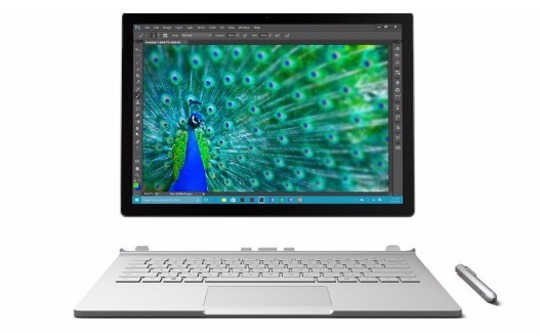
The Microsoft Surface Book
The Surface Book looks to become the most premium of all Surface devices, and possible competitor to Apple’s MacBook, with a starting price of $1,949 CAD. It combines Intel Core i5 and Core i7 processors with a 13.5-inch 267 dpi detachable display, and even an optional discrete GPU for gaming or video processing.
Meanwhile, the Surface Pro 4, a more-traditional Surface tablet, is pushing form factor at a thickness of 8.4 mm. It has a 12.3-inch display, Intel Core m (formerly Skylake), Core i5, and Core i7 processors, and start at $1,179 CAD
Check out Microsoft’s full device specs for the Surface Book and the Surface Pro 4.
In mobile devices, Microsoft showed off its first Windows 10 Lumia phones, namely the premium Lumia 950 and Lumia 950 XL, and the budget Lumia 550.
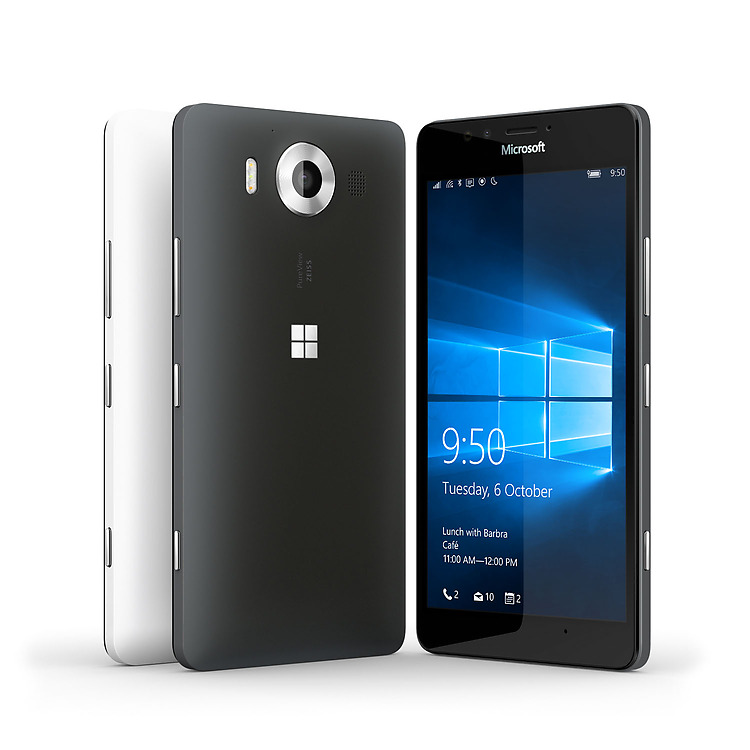
The Lumia 950
With these devices, Microsoft is pushing its heavily-touted Continuum experience. With the help of dock, keyboard and mouse accessories, Microsoft says the phones are able to connect to a larger screen and essentially act as a PC with Windows 10 apps like Microsoft Office.
The company said that the devices also include 20 Megapixel sensors, triple LED flash, 4K video capture, and will be available in Canada in December starting at $749 and $849 respectively.
If that is a bit steep, the Lumia 550 offers the Windows 10 experience at $139.
Lastly, the next generation of Microsoft’s fitness wearable, the Band 2, will have a new curved display, and will feature Cortana, expected fitness trackers, and what the company claims to be up to two days of battery life.
Prices start at $329.99 CAD, and is available for purchase in Canada on Nov. 20.
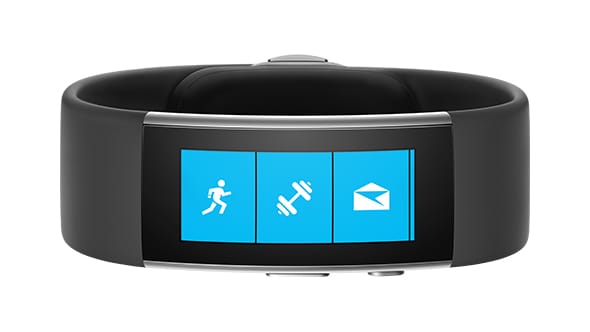
The Microsoft Band 2
Microsoft says that in Canada the Surface Book, Surface Pro 4, Lumia 950, Lumia 950 XL, and Microsoft Band 2 will be available through microsoftstore.com, more than 110 Microsoft stores, authorized resellers and select partner retailers.




